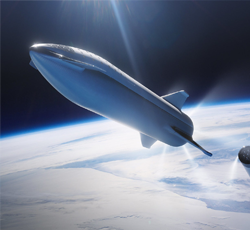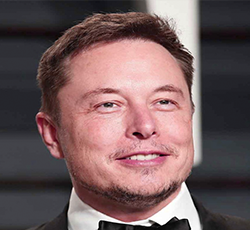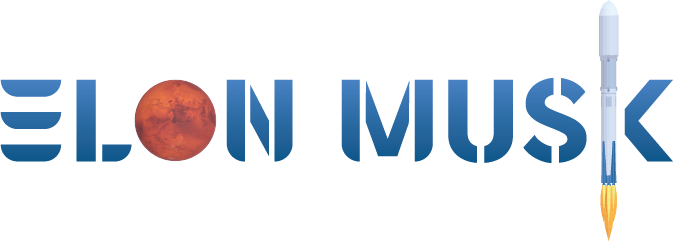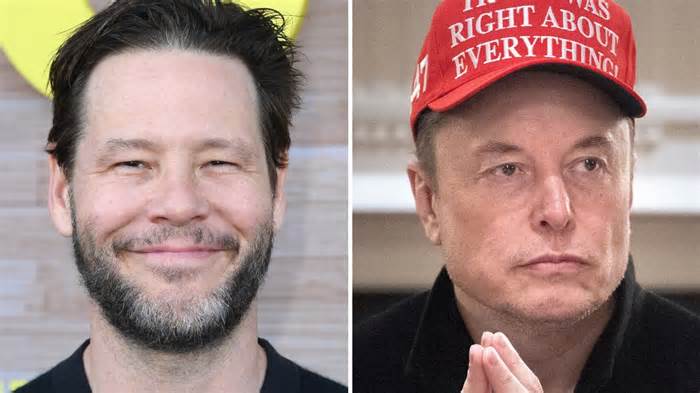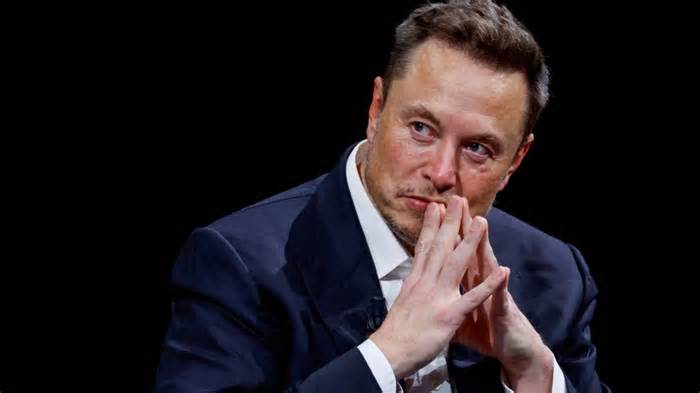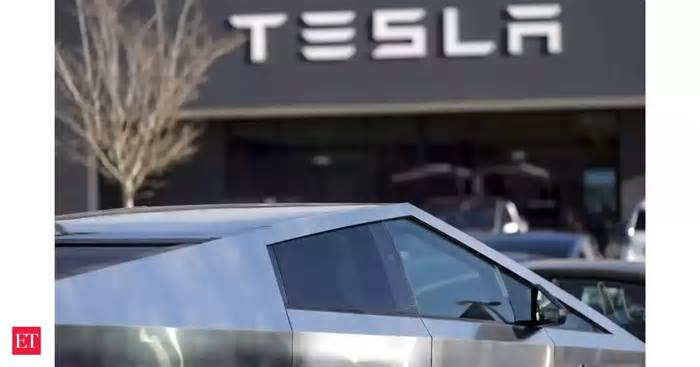
Effort to bring high-speed internet to rural America has a new wrinkle: a push toward Starlink
- by Cardinal News
- Jul 22, 2025
- 0 Comments
- 0 Likes Flag 0 Of 5
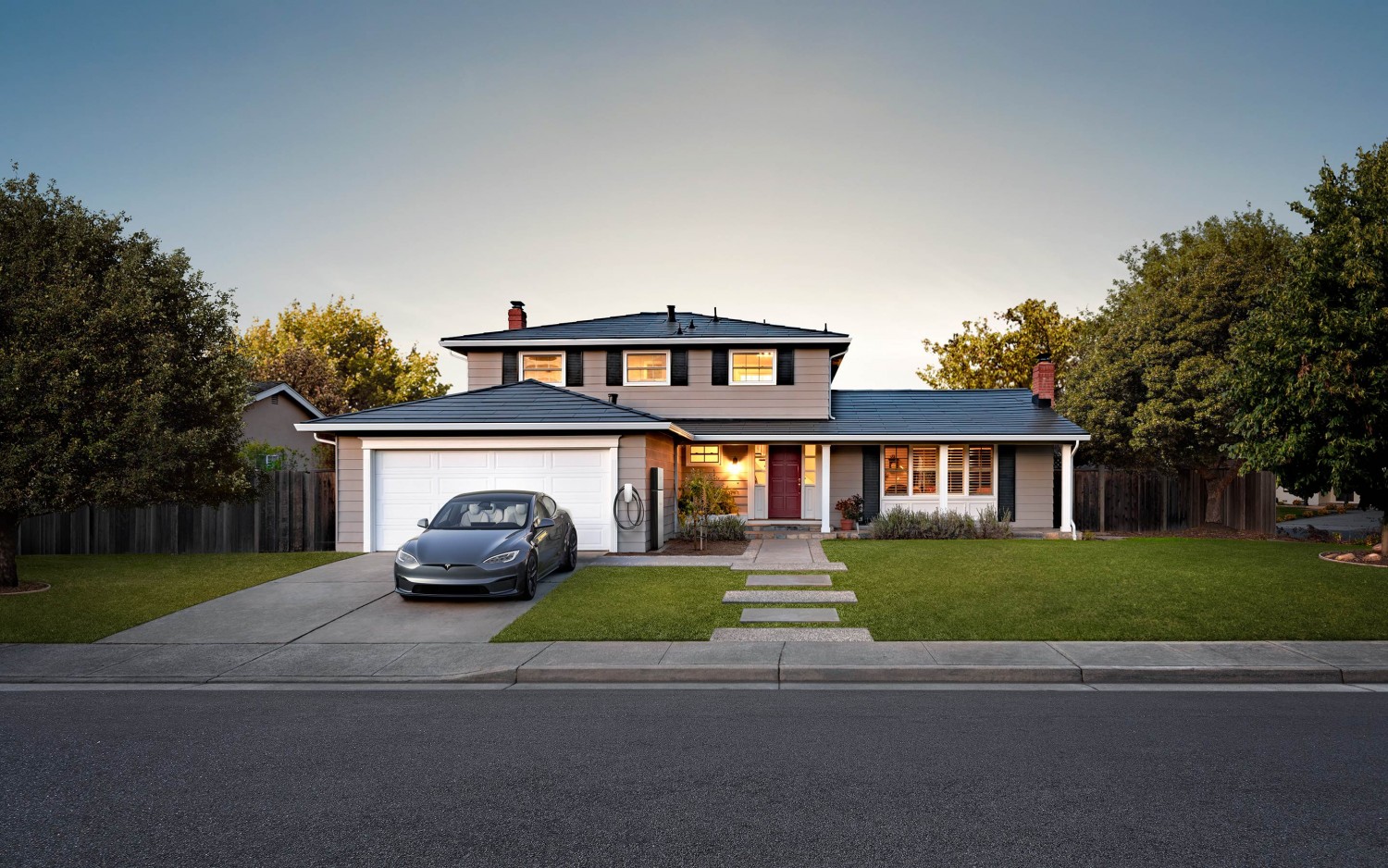
A Starlink satellite dish. Courtesy of Bill Rhodes.
Rural living has always suited Andy Washburn and his family. Home affordability is better, and they like the Montgomery County school system, so they made their home in the Catawba Valley.
It’s close enough to town and city amenities — but it’s not quite close enough to the fiber-optic cable lines that could provide crucial bandwidth for Washburn and his wife to do their remote jobs.
One cable company claimed to be coming to his neighborhood, Washburn said, but he got mixed signals about whether that was really going to happen. A traditional satellite internet company he contracted with provided an inferior service, so about a year and a half ago, he went with Starlink, the low Earth orbit satellite internet provider that the often controversial, former presidential confidante Elon Musk famously owns.
Washburn said he isn’t a Musk fan, but Starlink is working out great for his family, which includes school-age children.
Don't miss another story! Sign up for Cardinal’s free daily newsletter.
Delivered to your inbox every day at 5 a.m.
Sign up
Washburn, who works as a researcher for the International Civil Rights Center and Museum in Greensboro, North Carolina, said he is “seeing them pop up everywhere” in his sparsely populated part of Southwest Virginia.
“There’s just a little square dish, and ours has been fine this whole time,” he said.
After a recent U.S. Commerce Department decision, the little square dishes — and ones from the recently ascendant Amazon satellite company, Project Kuiper — are likely to keep popping up in rural America. In a set of changes to the Biden-era Broadband Equity, Access and Deployment program, known as BEAD, the Trump administration has gone in what it calls a “technology neutral” direction.
A program that once favored fiber-optic cable over low Earth orbit — or LEO — satellite service and fixed wireless now has put them all on equal footing. With the low bidder winning the grants, satellites would appear to have an advantage over cables. Instead of spending money running fiber across utility poles or underground, a Starlink or Kuiper project would only provide that little square dish to customers, with BEAD money paying for them.
BEAD funding will now focus on any project providing 100 megabits per second download speed, 20 megabits per second for uploads and 100 milliseconds or less latency (how fast information travels from a browser to a server and back).
All previous applications for Virginia’s $1.48 billion chunk of BEAD’s $42.5 billion funding were rescinded in the Commerce Department notice, and Virginia’s Department of Housing and Community Development has restarted the process.
The commonwealth’s broadband office says the law prevents them from releasing many details about bidders. Gov. Glenn Youngkin has said that the state had received $3.22 billion in BEAD applications for broadband deployment, covering each of its 133,000 eligible locations. Multiple bidders competed for awards in similar ZIP codes, accounting for a number higher than the $1.48 billion expected award to the state.
The United States’ unserved and underserved communities will get something workable in Starlink, but not the same quality as fiber-optic cable, said Christoper Ali, a Penn State telecommunications professor and author.
“Wireless offers … a short-term solution,” Ali said. “Short term in that you can deploy it pretty quickly, and it is good enough for right now, right? The fees are good enough you should be able to do what you need to do with a lot of wireless, including low Earth orbit.
“The question is where our digital needs are going to go in the next five years. We have an opportunity with this $42 billion to plan for the next 20 years rather than plan for yesterday, and that’s the problem with the new BEAD funding, is that it’s connecting us with the speeds we needed yesterday, not the speeds we’re going to need in five years.”
The Department of Commerce notice implies that Starlink and fixed wireless services from cellphone providers do fit into the definition of what it calls “priority broadband projects.” As such, they “can easily scale speeds over time to meet the evolving connectivity needs of households and businesses and support the deployment of 5G, successor wireless technologies, and other advanced services.”
Attempts to contact Starlink through SpaceX were unsuccessful. In a post on its website, Starlink claims more than six million subscribers worldwide, with more than two million in the United States.
Developing broadband for future needs
Low Earth orbit extends to 1,200 miles above Earth, a region NASA calls “commercial space.” Broadband satellites operate even closer than that, between 340 and 400 miles up. Starlink has at least 7,000 of its satellites up there, while Amazon’s initial plans call for more than 3,000.
The key is in those numbers. Starlink’s website says that its fleet provides for 25 megabits per second latency, compared to 600 Mbps for companies that rely on fewer satellites that are higher in orbit. A map on the site notes 87 to 243 Mbps download speed and 13 to 26 Mbps for uploads, with 25 to 34 Mbps latency at various Southwest and Southside Virginia sites.
Fiber-optic cable, on the other hand, features glass filaments with pulses of light processing information. Its capacity is “gigabits upon gigabits per second” with equal upload and download speeds, said Ali, the telecommunications professor.
Customers with basic needs require something closer to BEAD’s standard 100 megabits per second download, 20 Mbps for uploads and no more than 100 milliseconds latency. Fiber-optic cable providers in the region offer multiple gigabits per second (one gigabit = 2,000 Mbps) download and about 100 Mbps upload, for higher price rates.
As an AI economy grows, higher capacity will be key, Ali said.
“Now in the days gone by, when what we were using the internet for was … watching a lot of Netflix, YouTube, stuff like that, maybe upload wasn’t a big deal, but as we’re increasingly doing things like telework and telehealth, upload is exceptionally important, so we need that symmetrical speed that fiber can deliver,” he said.
While satellites will require replacement every few years, cable can last about 40 years, so while it costs more to deploy, it will last longer, intense weather events aside.
“All you have to swap out are the electronics, but it can pretty much handle an almost unlimited amount of data request and bandwidth without having to swap out the fiber-optic element,” said Ali, whose books include “Farm Fresh Broadband: The Politics of Rural Connectivity.” “So what fiber does is, it anticipates community needs, not just what they’re needing right now or what they needed five years ago, but rather any sort of future needs.”
SpaceX Falcon 9 departing Launch Complex 40 at Cape Canaveral Space Force Station with Starlink satellites in June 2024. Photo by Jack Kennedy.
Getting up to speed
Musk and Starlink are working to further increase their speeds. The Federal Communications Commission in November 2024 approved a plan from Musk’s SpaceX to send thousands of its next generation of Starlink satellites into orbits as low as 211 miles above Earth’s surface. SpaceX said that move, combined with technology inside the satellites, would ultimately increase speeds into the gigabits and provide faster latency, science and technology publication Ars Technica reported.
Musk said in a post on his X.com social network that the Gen2 objects, which “are so big that only [SpaceX’s giant rocket] Starship can launch them, will allow for a 10X increase in bandwidth and, with the reduced altitude, faster latency.” The FCC approved 7,500 for low Earth orbit. SpaceX has published information detailing its plans for these objects to burn up in the atmosphere shortly after they are no longer usable. Meanwhile, the company continues to launch smaller Gen2 orbiters.
SpaceX on July 14 announced a third generation that it said will further increase upload, download and latency, and expects to launch them next year.
How soon these larger, more advanced satellites can actually get into orbit is unclear. The Starship testing program has seen multiple failures that included spectacular explosions and losses of both booster and payload port stages, both designed with the intent of being fully reusable.
SpaceX has planned at least one more launch this year for Starship, Space.com has reported.
The lightly populated Catawba Valley and other rural parts of Virginia should get fine connectivity from LEO satellites, experts say. But places that are more densely packed with customers could see problems — more users mean more demand, said Lingjia Liu, a Virginia Tech professor and co-director of Wireless@Virginia Tech, a research, teaching and consulting office focused on wireless networks and technologies.
“That inevitably will actually affect their dialing rate and uplink rate,” Liu said. “If its users are sparsely located, the subscribers within that region will be less, and … mitigate the issue we just mentioned.”
A working paper that three researchers released Friday appears to back up that point, in news first reported on the Broadband Breakfast website.
The paper, by researchers from the University of New Hampshire and Penn State (Ali was not involved with it) and Minnesota-based broadband consultant Breaking Point Solutions, determined that in areas with more than “6.66 households per square mile in a Starlink beam’s coverage area,” the service may fail to bring the minimum download and upload levels required to receive BEAD program support.
The analysis was based on public information available through last month. Starlink “does not publish thorough and detailed technical specifications for their satellites,” which creates difficulty making accurate assessments, according to the paper.
As SpaceX continues to launch satellites into orbit, however, the company claims it will be able to serve even more people.
It has worked well to date for Washburn, whose Montgomery County family has been able to use it even in extreme weather, when power outages led to a loss of fiber service for those in his area whose routers relied on electricity to send a signal to devices around their homes and offices.
Starlink advertises $120-a-month residential service, compared to less than $100 per month that companies in Southwest and Southside Virginia charge for a similar level of service via fiber-optic cable. Starlink’s self-installed receiver kit is $349, considerably more than a modem or cable installation fee, though the administration’s recent BEAD notice indicates that low Earth orbit satellite companies must provide that equipment free to new subscribers.
Washburn joked about buying the receiver kit before BEAD eliminated the price, but said it was easy to install for a guy who is “not that handy.”
“I would 100% rather have fiber, but I still can’t get a clear answer on if it’s going to reach us,” Washburn said. “So [Starlink has] been phenomenal compared to everything else we’ve had … We’ve lived in rural areas, not just this one, but in Virginia for close to 20 years or so now, and it’s always been extremely difficult getting anything. And so this has solved almost everything.”
Enjoying our free stories?
Please first to comment
Related Post
Stay Connected
Tweets by elonmuskTo get the latest tweets please make sure you are logged in on X on this browser.






 Energy
Energy